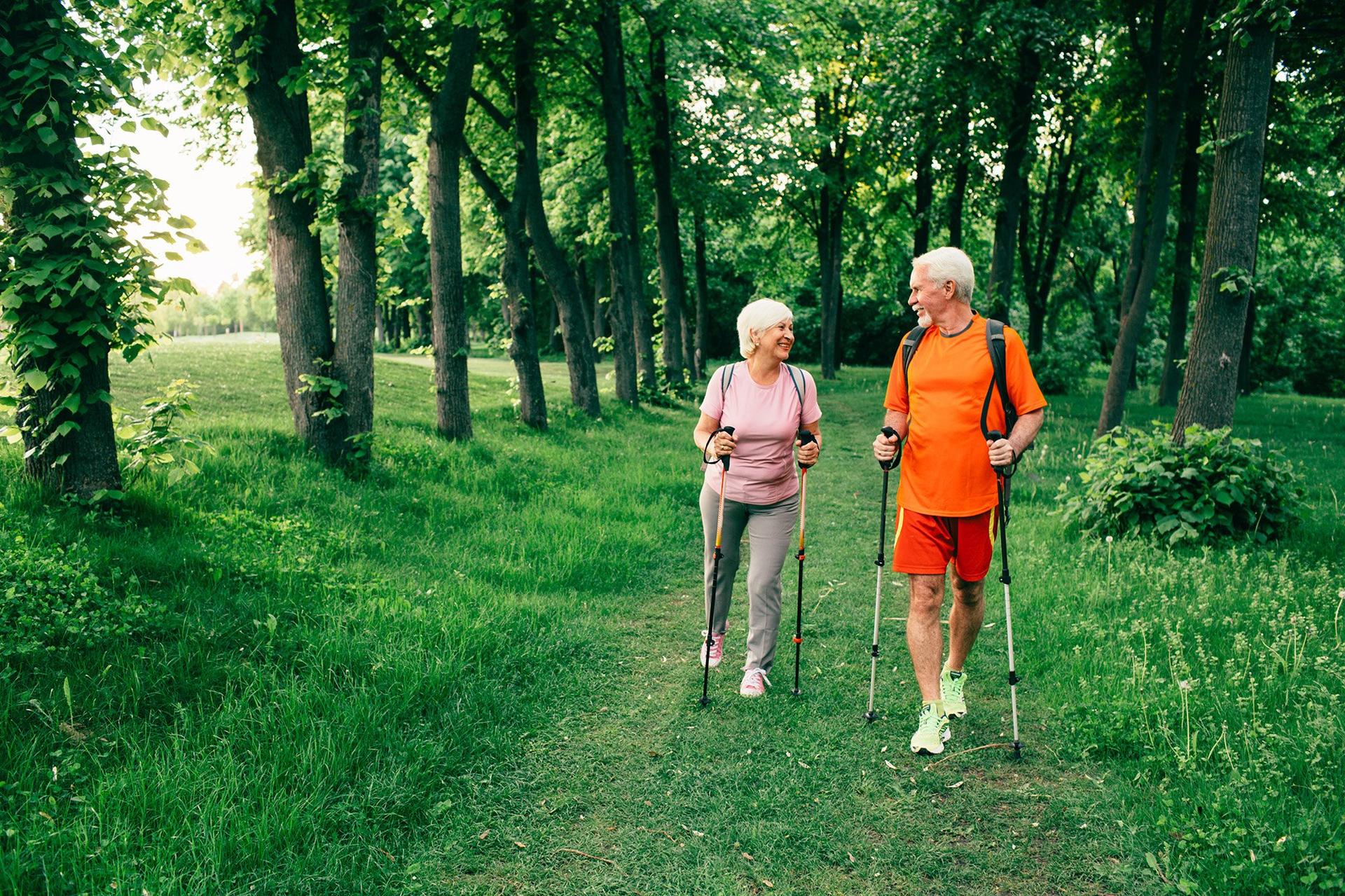Staying physically active with age can help to slow down biological aging

Physical activity in late midlife can slow down metabolomics-based biological aging – but you need to move twice as much as currently recommended in the physical activity guidelines.
Physical activity in late midlife and a more active lifestyle when approaching old age can protect against metabolomics-based biological aging. The amount of physical activity in late midlife should though exceed the current minimum physical activity recommendations to obtain the benefits for delaying biological aging.
We investigated the association of leisure-time physical activity with biological aging from late midlife until old age over 16 years of follow-up in the Helsinki Birth Cohort Study. Physical activity has been shown to be a feasible strategy to delay the onset of age-related diseases and disabilities as well as to decrease the risk for premature death. Whether this happens by delaying the process of biological aging is less investigated.
We defined biological age in late midlife and after a 5-year and a 16-year follow-up using metabolites, i.e., the end products of metabolism found in blood. By applying metabolomics, we were able to quantify hundreds of different metabolites from fasting blood samples. Based on a specific set of these metabolites we calculated two recently developed metabolomics-based aging biomarkers called MetaboHealth and MetaboAge which describe biological age and predict risk for age-related diseases and mortality. We assessed physical activity in late midlife and at the last follow-up using a validated questionnaire to calculate the volume of leisure-time physical activity. In old age we were also able to measure physical activity by accelerometers.
Our key findings were that physical activity in late midlife can slow down metabolomics-based biological aging, but you should move more (=twice as much) than is recommended in the current physical activity guidelines. In addition, increasing the amount of physical activity from late midlife to old age can decelerate metabolomics-based biological aging - and vice versa, diminishing amounts of physical activity with age can accelerate biological aging. We were also able to validate the found association of higher questionnaire-based physical activity with a lower metabolomics-based biological age using device-based physical activity data in old age.
Our study provides a novel perspective over 16 years of follow-up on the relationship between physical activity and metabolomics-based biological aging and supports the importance of physical activity in promoting healthier aging.
Original article:
Associations Between Leisure-Time Physical Activity and Metabolomics-Based Markers of Biological Aging in Late Midlife: Short-Term and Long-Term Follow-Up.
Ruutu K, Wasenius NS, Narasimhan K, Mikkola TM, Laine MK, Eriksson JG. Aging cell. 2025.




